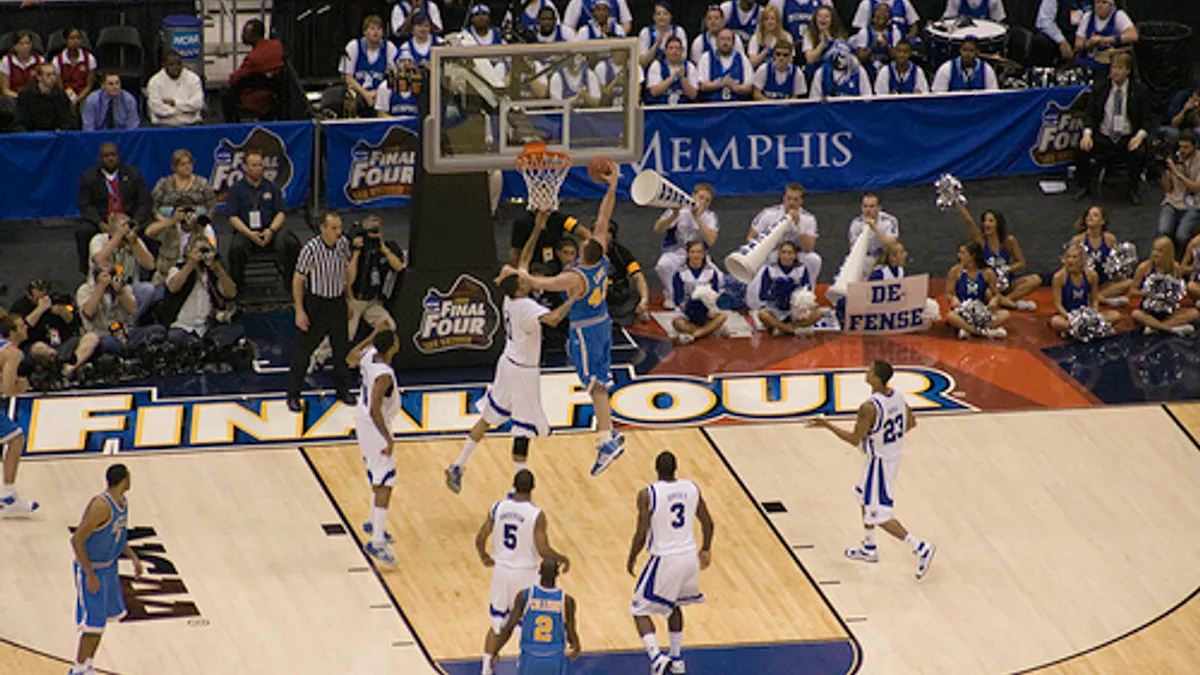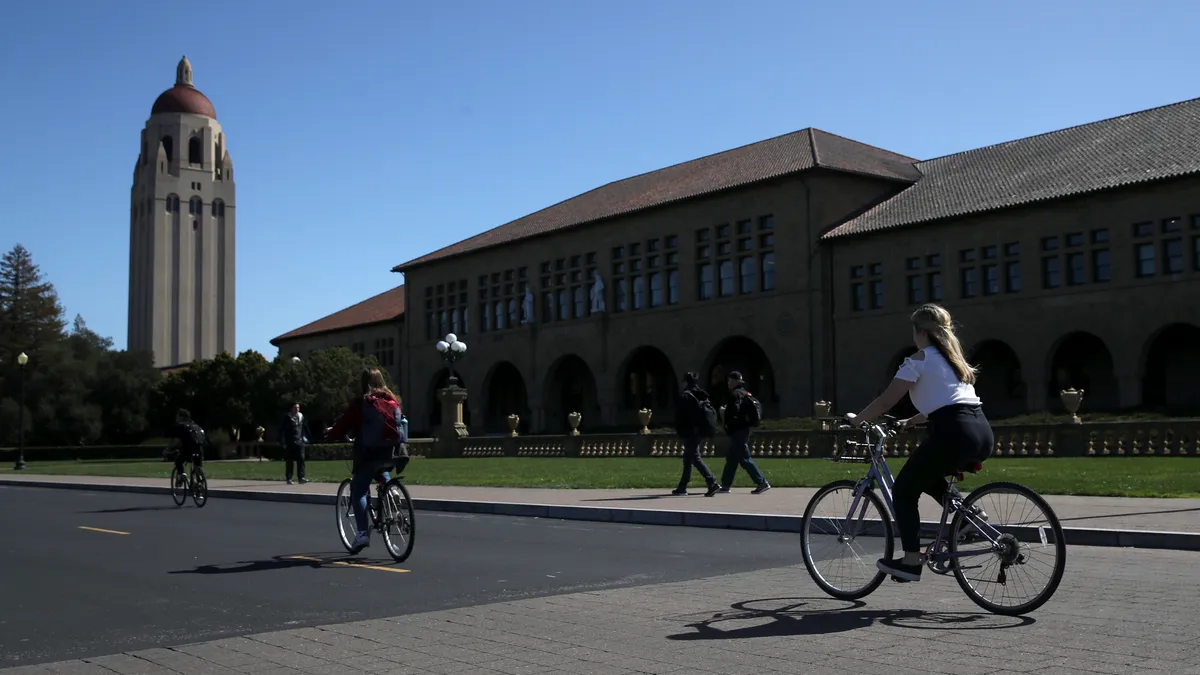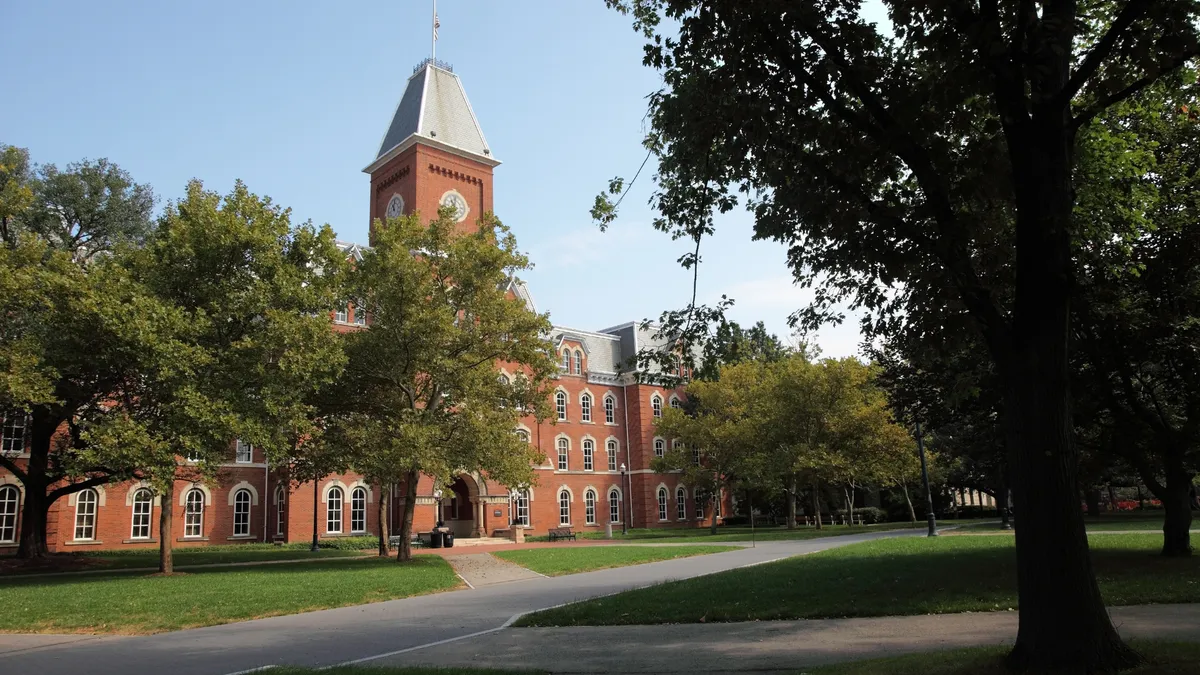It’s almost time to go dancing — in the NCAA Tournament, that is. For many schools, appearances are routine: The last time Duke University didn’t make the tournament was 1995. But what happens when a school not known for its athletics makes a big, unexpected run in the tourney? An admissions boost.
Almost every tournament brings a Cinderella story of sorts. The admissions surge that follows such runs is commonly referred to as the “Flutie effect,” after Boston College quarterback Doug Flutie, who threw a Hail Mary pass to beat Miami in 1984. This enormous win began a two-year jump in application rates for BC. Since then, numerous schools have recorded a significant uptick in admissions after successful football or basketball seasons.
Making it far enough in the NCAA Tournament creates a huge, invaluable boost in media attention. Essentially, these schools get free advertising on a national level. This is especially beneficial for smaller schools that can’t normally afford a level of exposure that allows them to go from being no-names to household names in a span of about two weeks. As a result, becoming an NCAA Cinderella story often means a sizable boost in admissions and, more often than not, an increase in out-of-state applicants that translates to more tuition dollars. Taking this into consideration, it's easier to understand why schools like Rutgers, despite criticism, would spend millions on athletic programs that actually lose money.
Here are five schools that benefited from such boosts.
1. Florida Gulf Coast University
The most recent example of a school benefiting from the Flutie Effect is Florida Gulf Coast University, which became the first school in history to be seeded 15th and make it to the Sweet 16. As of November, FGCU has seen an admissions increase of roughly 27%. While it is still too early to tell how big the increase will ultimately be — FGCU’s admissions period does not end until May 1st — the numbers seem to be following the trend of Cinderella schools that preceded FGCU.
2. Virginia Commonwealth University
Virginia Commonwealth University’s admissions statistics offer an even clearer picture of the effect successful tournament runs can have on admissions. In 2011, VCU made it to the Final Four. The following year, its team made a third round appearance. By 2012, VCU saw a 20% increase in applications. And while an increase in applications is important, it is the difference between in-state and out-of-state applications that really matters. In 2008, VCU reported that 92% of freshmen were from Virginia. In 2012, that percentage had dropped to 85. This 8% difference meant almost $3.4 million more in tuition for the school during the 2012-13 academic year.
3. Butler University
Butler University made two impressive back-to-back runs in 2010 and 2011, both times making it all the way to the championship game. Since then, Butler commissioned a study that determined the university received national media attention valued at $1.2 billion over the span of the two tournaments. In addition to receiving an enormous amount of free advertising, Butler also saw a 52% increase in applications from 2009 to 2011, with the number of applicants increasing from 6,246 to 9,518.
4. George Mason University
George Mason University found itself in the Final Four during the 2006 tournament. A GMU professor conducted a study that found the university had received an estimated $677,474,659 in free media attention and advertising during this run. Subsequently, its overall admissions increased by 350%. The number of out-of-state applicants increased by 40%, bringing them to 25% of the overall total. In addition to application boosts, the free media attention also caused a 25% increase in alumni activity, presumably increasing donations.
5. University of Florida
OK, the University of Florida isn't a small school, but it still benefited from winning back-to-back championship titles in 2006 and 2007. Keeping with the trend, its 2006 win was followed by an increase in admissions, and the 2007 win only helped continue that boost. In fact, Florida received a record 26,325 applications in the fall of 2007 — a 9.5% jump. It was estimated that the back-to-back victories were responsible for 1,805 of 2,286 new applicants, or roughly 79%. The study also showed that the quality of the applicants — based on their average GPAs and SAT scores — remained the same.
Would you like to see more education news like this in your inbox on a daily basis? Subscribe to our Education Dive email newsletter! You may also want to read Education Dive's look at how the world's 10 richest billionaires are shaping education.









